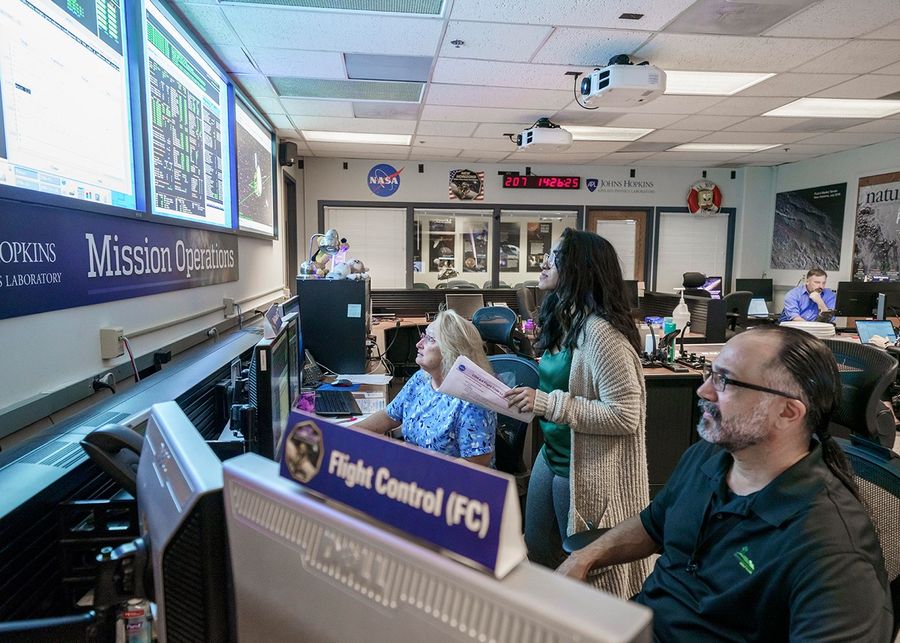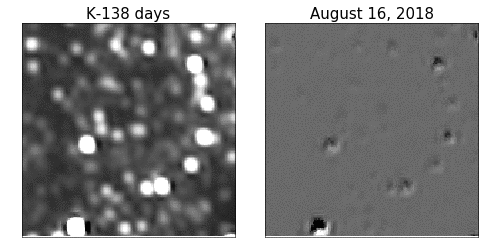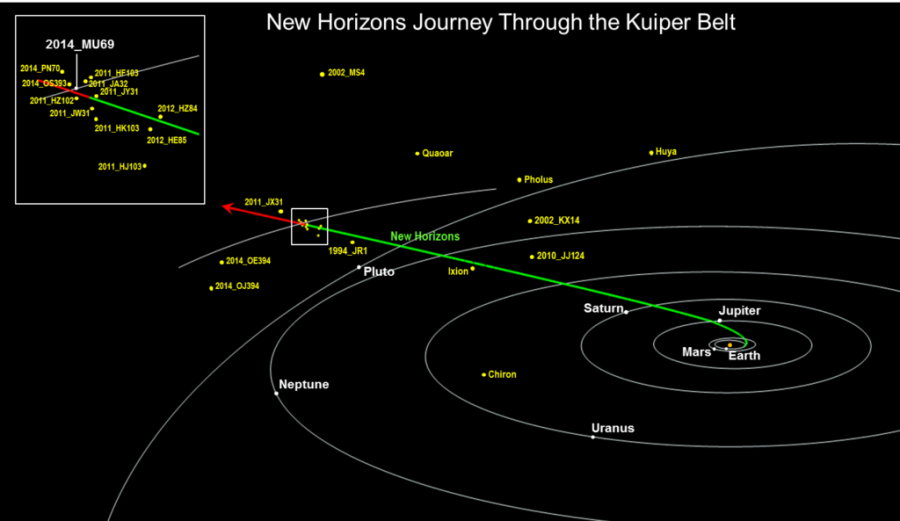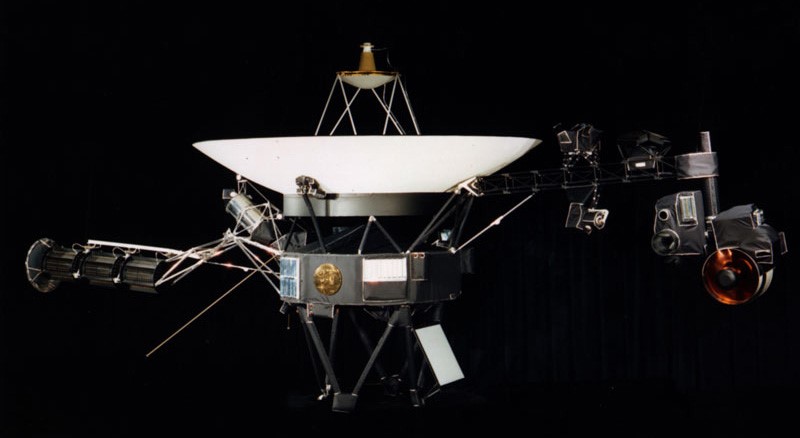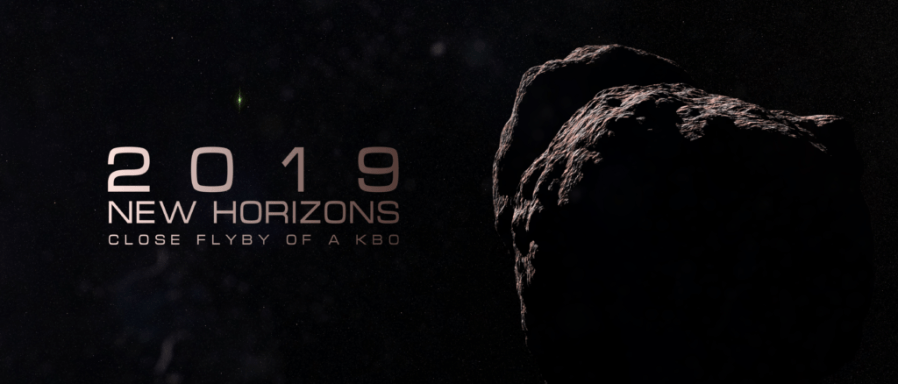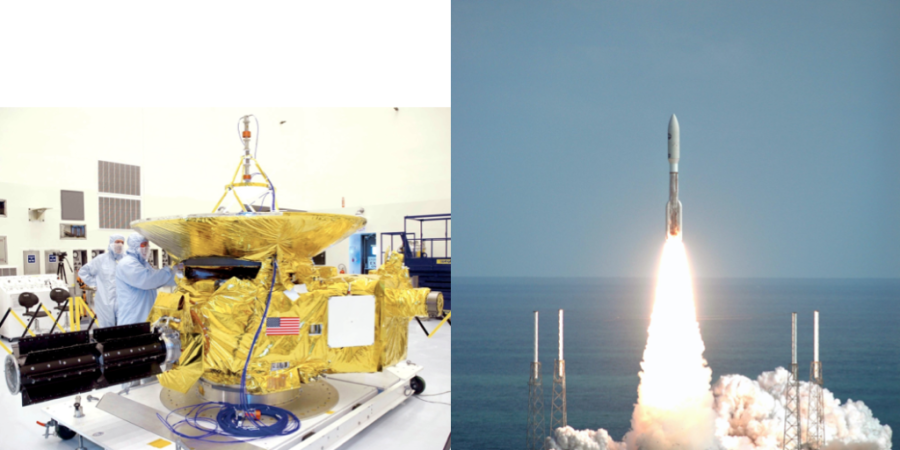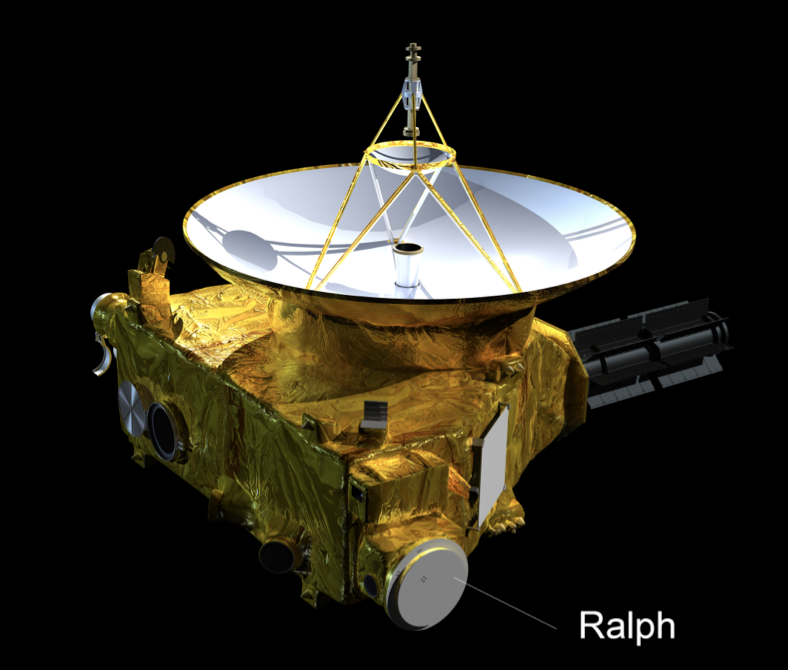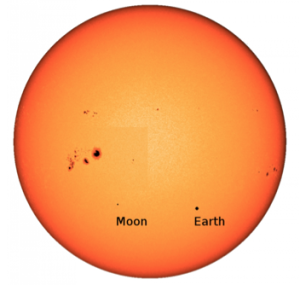New Horizons Archives - NASA Science (original) (raw)
August 22, 2025 9:58AM
NASA’s New Horizons Enters Mission’s Longest Hibernation Period
Running with updated onboard fault protection software that improves its ability to operate farther from the Sun than originally designed, NASA’s New Horizons spacecraft has entered the longest hibernation phase of its mission. At 4:12 a.m. EDT on Aug. 7, flight controllers at the Johns Hopkins Applied Physics Laboratory (APL) in Laurel, Maryland, verified that […]
December 20, 2018 7:13AM
The PI’s Perspective: On Final Approach to Ultima
The New Horizons spacecraft is healthy and on final approach to explore Ultima Thule in the Kuiper Belt. On New Year's Eve and New Year's Day, New Horizons will swoop three times closer to "Ultima" than we flew past Pluto! On Saturday, Dec. 15, the New Horizons hazard watch team concluded its work, having found …
November 27, 2018 3:13PM
The PI’s Perspective: Share the News—The Farthest Exploration of Worlds in History is Beginning!
The New Horizons spacecraft is healthy and is now beginning its final approach to explore Ultima Thule — our first Kuiper Belt object (KBO) flyby target — about a billion miles beyond Pluto. And on New Year's Eve and New Year's Day, New Horizons will swoop three times closer to "Ultima" than we flew past …
February 28, 2018 2:51PM
The PI’s Perspective: Why Didn’t Voyager Explore the Kuiper Belt?
New Horizons is in good health and cruising closer each day to our next encounter, an end-of-the-year flyby of the Kuiper Belt object (KBO) 2014 MU69 (or "MU69" for short). Currently, the spacecraft is hibernating while the mission team plans the MU69 flyby. During hibernation, three of the instruments on New Horizons—SWAP, PEPSSI and SDC—collect …
December 6, 2017 10:31AM
The PI’s Perspective: Wrapping up 2017 En Route to Our Next Flyby
New Horizons is in good health and cruising closer each day to its next encounter: a flyby of the Kuiper Belt object (KBO) 2014 MU69 (or "MU69" for short). If you follow our mission, you likely know that flyby will occur on New Year's Eve and New Year's Day 2019, which is just barely over …
April 28, 2017 9:54AM
No Sleeping Back on Earth!
Today's blog is from Alan Stern of the Southwest Research Institute in Boulder, Colorado—principal investigator for NASA's New Horizons mission. Three weeks ago we put our New Horizons spacecraft into hibernation mode, the first time we'd done that since late 2014, before the Pluto flyby. By coincidence, that same day – April 7—was also the …
December 22, 2016 11:34AM
Exploring Pluto and a Billion Miles Beyond
Today's blog is from Alan Stern of the Southwest Research Institute in Boulder, Colorado—principal investigator for NASA's New Horizons mission. As 2016 ends, I can't help but point out an interesting symmetry in where the mission has recently been and where we are going. Exactly two years ago we had just taken New Horizons …
August 4, 2016 1:05PM
Pluto: What a Journey!
This blog is from Hal Weaver, who joined the New Horizons team in May 2002, his first assignment after taking a job at the Johns Hopkins University Applied Physics Laboratory. He started out as the principal investigator for the LOng Range Reconnaissance Imager (LORRI) and in 2003 became the New Horizons project scientist. Now that …
July 28, 2016 10:33AM
Commanding the Eyes of New Horizons
This New Horizons blog is a team effort between Cathy Olkin, the co-principal investigator of the New Horizons Ralph instrument, and Ralph instrument engineer Eddie Weigle. Just as it takes teamwork to fly a spacecraft to Pluto – even tasks like checking the commands that are sent to the spacecraft are done by a team …
July 22, 2016 2:36PM
Pluto: Preparing for the Perfect Alignment
Today's blog is from Anne Verbiscer, a research associate professor in the Department of Astronomy at the University of Virginia. On the New Horizons science team she studies the scattering properties and composition of icy surfaces in the Pluto system and the Kuiper Belt. Every year, planets orbiting the sun beyond Earth's orbit reach what …
